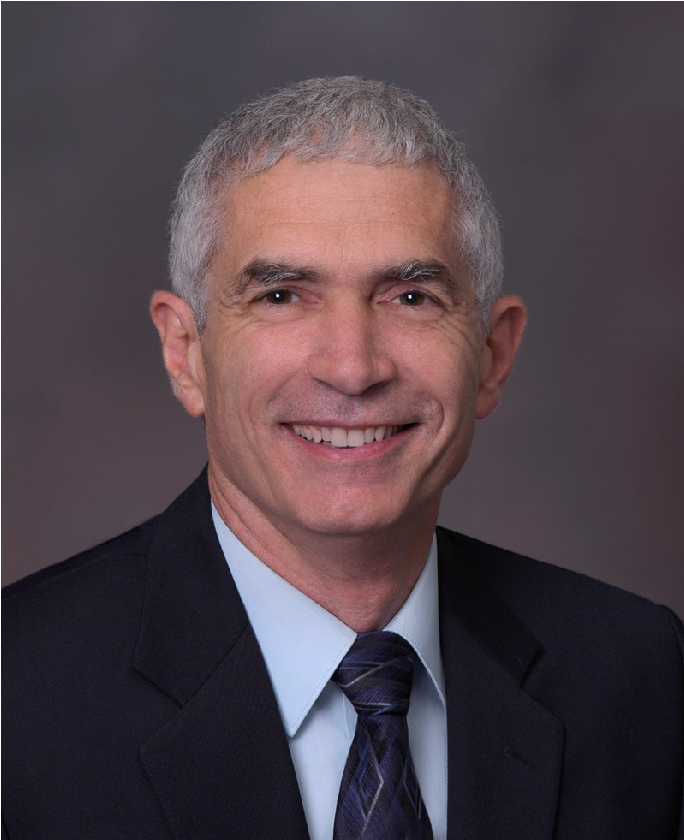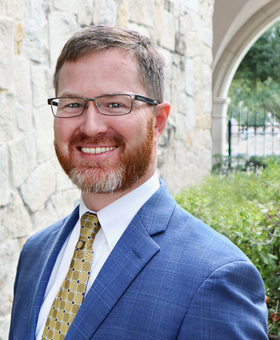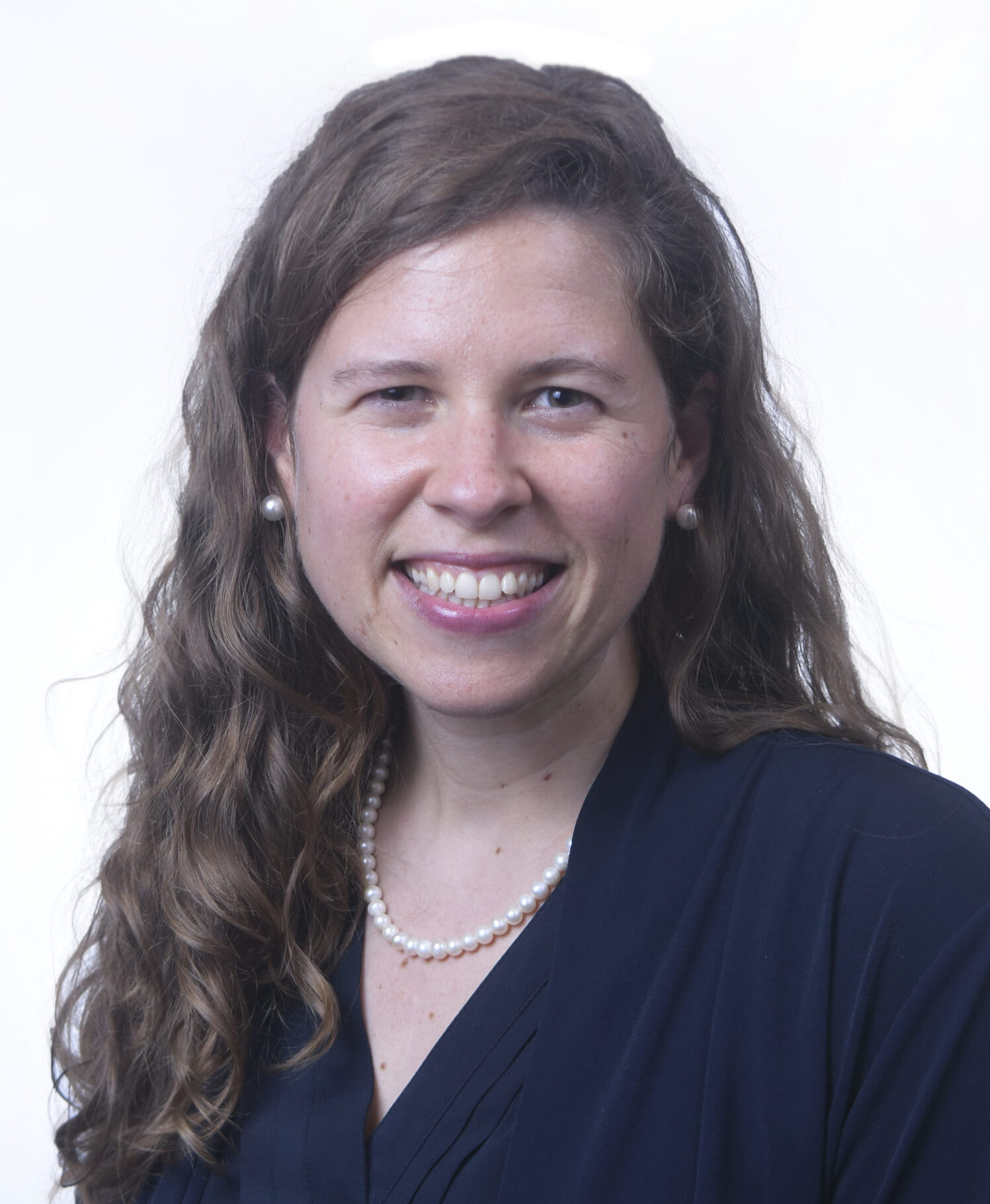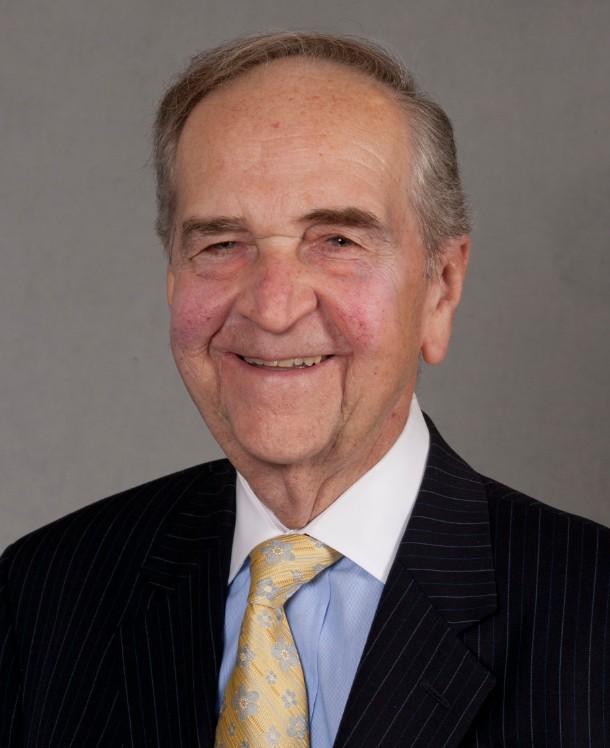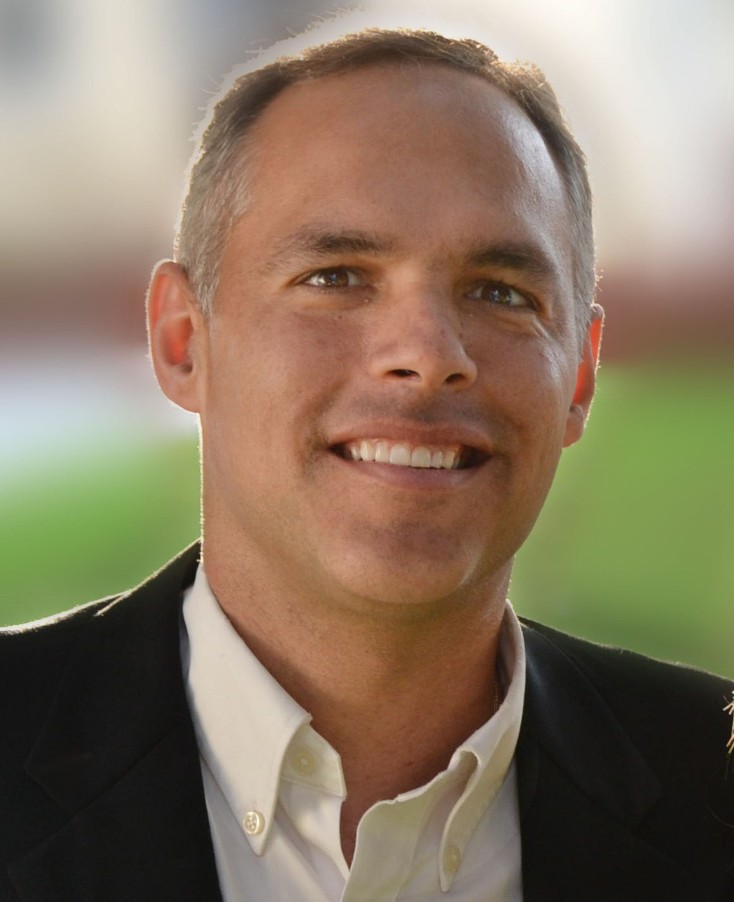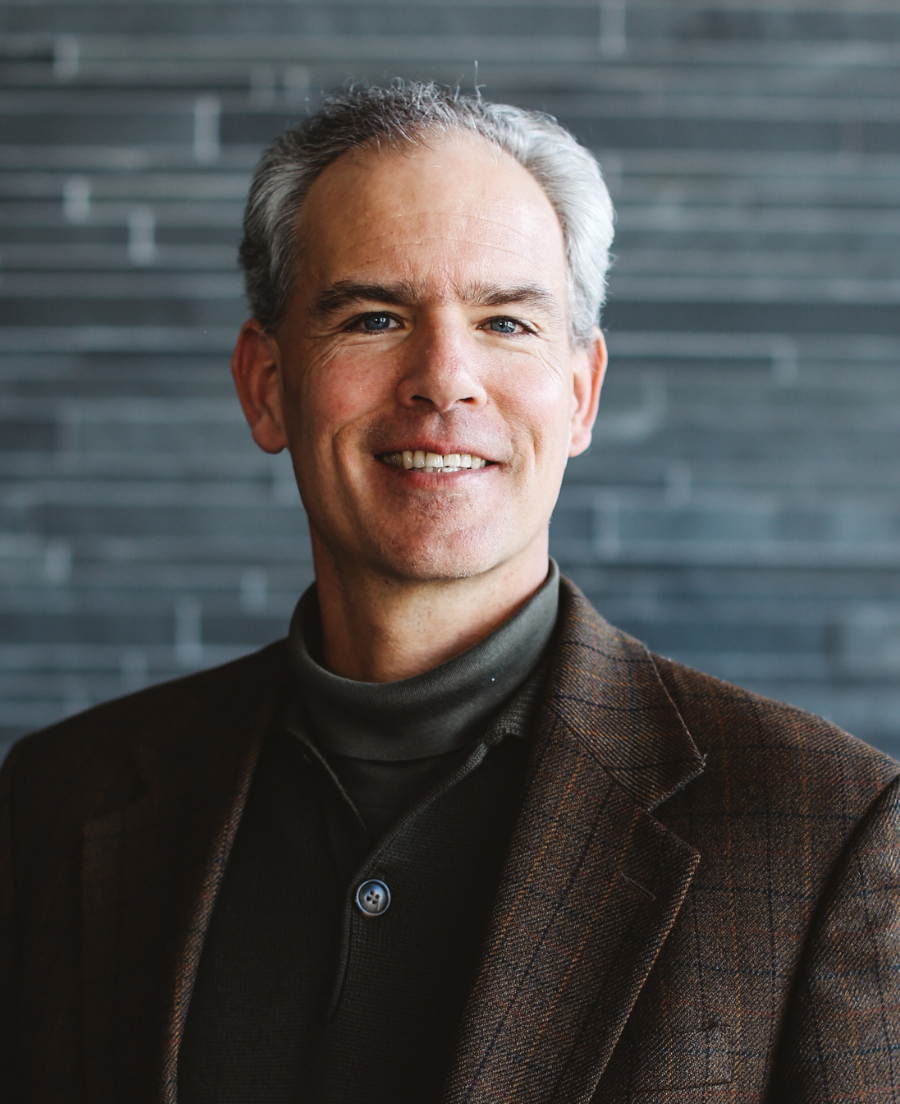about Converging Roads
Where Health Care Ethics and Medicine Converge
Converging Roads is a regional conference series offering continuing education for health care professionals that equips them to practice the highest ethical and medical standards of their profession. Converging Roads provides health care professionals, chaplains, students, and administrators with the most up-to-date training in health care ethics enabling them to more effectively care for their patients. An initiative of the St. John Paul II Foundation, Converging Roads is deeply rooted in the Catholic moral tradition and is presented in multiple local or regional conferences. Health care professionals receive continuing medical education credits, insight from national level speakers, and the opportunity for networking with local health care professionals.Converging Roads™ is an initiative of the St. John Paul II Foundation and presented in collaboration with the Archdiocese of San Francisco, the University of San Francisco, and Region XI of the Catholic Medical Association. To learn more about Converging Roads, click here.

The Heart of End of Life Care: Catholic Social Doctrine
November 17, 2018 | 8:30AM - 7:30PM
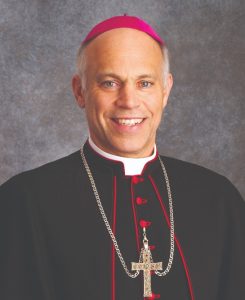
- "Converging Roads is a wonderful opportunity for you, our local medical professionals, to be renewed, informed, and inspired as you care for your patients. I encourage all involved in health care to attend as together we explore how to integrate ethical convictions and medical expertise in the care we provide the whole person." – Most Rev. Salvatore J. Cordileone, Archbishop of San Francisco
REGISTRATION
- Physician/Physician Assistant: $149
- Nurse/Nurse Practitioner: $129
- General Admission*: $79
- (Other health care professionals and non-health care professionals)
- Medical resident, clergy, or religious*: $69
- Student Scholarship Rate**: $15
- (Medical, nursing, graduate, and undergraduate students)
- *Not eligible for CME/CNE credits, however, Social Worker/Chaplain certificates of completion can be requested upon registration for continuing education purposes.
- **Not eligible for CME/CNE credits.
- Ministry Registration (including CME/CNE credits): $170
- Ministry Registration (not including CME/CNE credits)*: $100
- Vendor Registration (including CME/CNE credits): $220
- Vendor Registration (not including CME/CNE credits)*: $150
- *Not eligible for CME/CNE credits, however, Social Worker/Chaplain certificates of completion can be requested upon registration for continuing education purposes.
For More Information:
- Aubrie Miller, Conference Coordinator
- 832.779.1070
- [email protected]
TOPICS
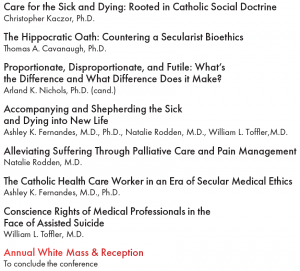
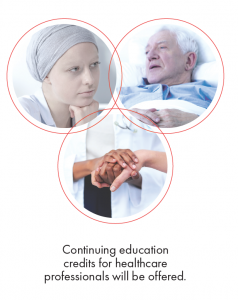
SCHEDULE
7:45 AM |
|
8:30 AM |
Opening Remarks |
8:45 - 9:45 AM |
|
9:45 -10:45 AM |
|
10:45 AM - 11:00 AM |
BREAK |
11:00 AM - 12:00 PM |
|
12:00 - 12:35 PM |
HIPPOCRATIC OATH LUNCHEON |
12:40 - 1:40 PM |
|
1:45 - 1:55 PM |
BREAK |
1:55 - 2:55 PM |
|
2:55 - 3:55 PM |
|
3:55 - 4:05 PM |
BREAK |
4:05 - 5:05 PM |
|
5:30 - 6:30 PM |
White Mass
|
6:30 - 7:30 PM |
Wine & Cheese Reception |
Speakers
SPONSORS
CONTINUING EDUCATION
Accreditation
This activity has been planned and implemented in accordance with the Essential Areas and Policies of the Accreditation Council for Continuing Medical Education (ACCME) through the joint providership of the Christian Medical & Dental Associations (CMDA) and St. John Paul II Foundation. Christian Medical & Dental Associations is accredited by the Accreditation Council for Continuing Medical Education to provide continuing medical education for physicians.
Physician Credit
The Christian Medical & Dental Associations designates this educational activity for a maximum of 7 AMA PRA Category 1 Credit(s)™. Physicians should only claim credit commensurate with the extent of their participation in the activity.
Physician Assistant
AAPA accepts certificates of participation for educational activities certified for AMA PRA Category 1 Credit(s)™. by an organization accredited by the ACCME or a recognized state medical society. Physician assistants may receive up to 7 credits for completing this activity.
Nurse Practitioner
The American Academy of Nurse Practitioners Certification Program (AANPCP) accepts AMA PRA Category 1 Credit™ from organizations accredited by the ACCME. Individuals are responsible for checking with the AANPCP for further guidelines.
Nurse practitioners may receive up to 7 credits for completing this activity.
Nursing
This educational activity has been approved by the Ohio Nurses Association (ONA), an accredited approver by the American Nurses Credentialing Center’s Commission on Accreditation (OBN-001-91). 7 contact hours approved.
Objectives
-Discuss the importance of walking with a patient at the end of life.
-Identify specific measures which can assist in attending to basic human needs, optimize health and wellness, and secure spiritual well-being.
-Share examples of struggle and success in accompanying patients and being a compassionate presence during suffering.
-Discuss the history of the Hippocratic Oath and its practical implications for medicine that is dignified, compassionate and loving.
-Compare medicine rooted in an aggressive secularism with medicine rooted in the Hippocratic oath.
-Describe how PAS and euthanasia are a variance with the oath and care for the whole person.
-Describe the challenges of a Christian healthcare provider in serving the whole person in an era of secular medical ethics.
-Identify means of maintaining the integrity of faith and reason in the current cultural environment.
-Describe ways for the medical professional to maintain a proper understanding of freedom and conscience in the face of a secular medical ethics that sees assisted suicide as a legitimate medical intervention at the end of life.
-Discuss the basic principles of social doctrine for the Catholic church.
-Identify how care for the sick, disabled, and dying is rooted in the works of mercy and social doctrine
-Describe how patient care is rooted in Catholic social doctrine and the works of mercy.
-Describe how care rooted in Catholic social doctrine and works of mercy will be distinctive in clinical practice.
-Define proportionate and disproportionate and provide specific examples.
-Identify the weaknesses of the language of futility in decision making.
-Describe the criteria used to determine whether a treatment is morally obligatory (proportionate) or morally optional (disproportionate).
-Discuss the types of pain and suffering that affect patients and how to robustly address pain and suffering in a clinical context.
-Define palliative care and ethical use of medical interventions that address suffering but hasten death.
-Describe pain management regimens which help relieve suffering most effectively at the end of life.
-Provide an overview of the current cultural and legal trends regarding assisted suicide.
-Review the foundation and meaning of the “right of conscience” and religious liberty.
-Identify the legal protections established in law and the recourse medical professionals must have to protect them from participating in assisted suicide/euthanasia.
Venue
The Event Center at Saint Mary's Cathedral
1111 Gough Street
San Francisco, CA 94109
For More Information:
Aubrie Miller, Conference Coordinator
832.779.1070
[email protected]
CONTACT US
-
PHONE
832.779.1070
-
PHYSICAL ADDRESS
1177 W Loop South, Ste. 940
Houston, TX 77027 -
MAILING ADDRESS
P.O. Box 5927
Katy, TX 77491

